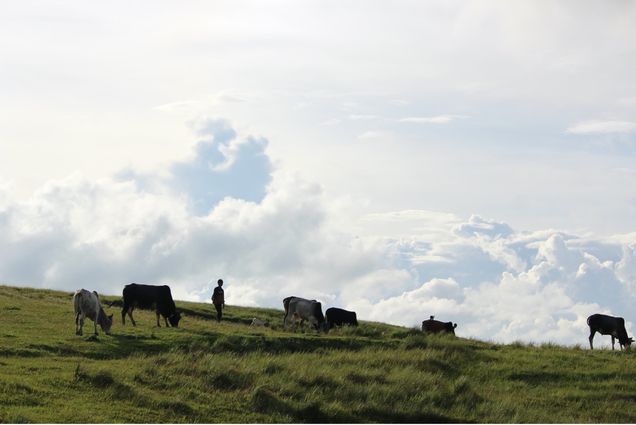Summer in the Field: Encouraging Women’s Empowerment in Meghalaya, India

The topic of gender equality and empowerment, and the role of women in development has been long discussed among scholars and researchers for decades. During 2020, the government of Meghalaya, India decided that, among a plethora of COVID-19 policies and regulations, they would also commit to gender empowerment protocols.
The State of Meghalaya is known for its natural beauty and its unique history as a matrilineal tribal society, in which women carry on their family and tribal lineage and can inherit family businesses. While this remains the tradition, Meghalaya has the highest female mortality rates and the lowest rates of gender equality for any Indian state. The 2020 reservation policy was designed to address this disparity.
The State believes an increase in political participation of women through micro-financing self-help groups (SHGs) and roles in Village Election Councils (VECs) can also translate into better education, health and labor market outcomes. As part of the Summer in the Field Fellowship Program sponsored by the Boston University Global Development Policy Center, I spent the summer working with a team of researchers to assess whether the policy truly fostered empowerment at the local level.
To do so, we first had to identify what empowerment in this setting looked like, which became increasingly intricate as we took in the lived differences between life in rural and urban areas. Our time on the field allowed us to create an in-depth understanding of the everyday life of the women and children of Meghalaya. Women and children in rural areas had less access to education due to their distance from urban areas and lack of transportation. Urban women were better able to move independently due to their proximity to the city centers. There were also large differences in employment opportunity, in that women in rural areas mainly maintained employment through agriculture and animal husbandry, while urban women could find other varied types of employment.
We found key factors that can indicate the level of female empowerment within a community include decision-making parity (both within the home and community), independent income, leadership roles in community and time availability, among others. Based on these factors, we were able to assess, on the ground level, if the participation of women in SHGs and VECs became beneficial to their empowerment and what needed to be done to further encourage their involvement in the development of their communities. The Indian government believed that women who participate in SHGs are better able to receive agency and foster community which allows them to participate in their local economy at higher rates than usual. Moreover, the participation of women in these groups creates mobilization towards increased involvement in village discourse.
Engaging with these communities, we found that women taking on strong leadership positions within their communities encouraged other women to pursue similar roles. Women in positions of power made it clear that education, childcare and a strong sense community cooperation and communication made a difference in their endeavors as leaders in their society. While more of our statistical analysis on the effect of participation will continue to take place as we finish our analysis, what we learned in the field was promising and inspiring all the same. The Summer in the Field Fellowship enabled me to make the connection between the data we were analyzing and the actual people behind those numbers and their multifaceted lifestyles and take part in the planning, coordination and effort that goes into fieldwork.
*
Julia Maselli is an MA Candidate in Global Studies at Boston University and a 2022 Summer in the Field Fellow. Learn more about the Summer in the Field Fellowship Program.